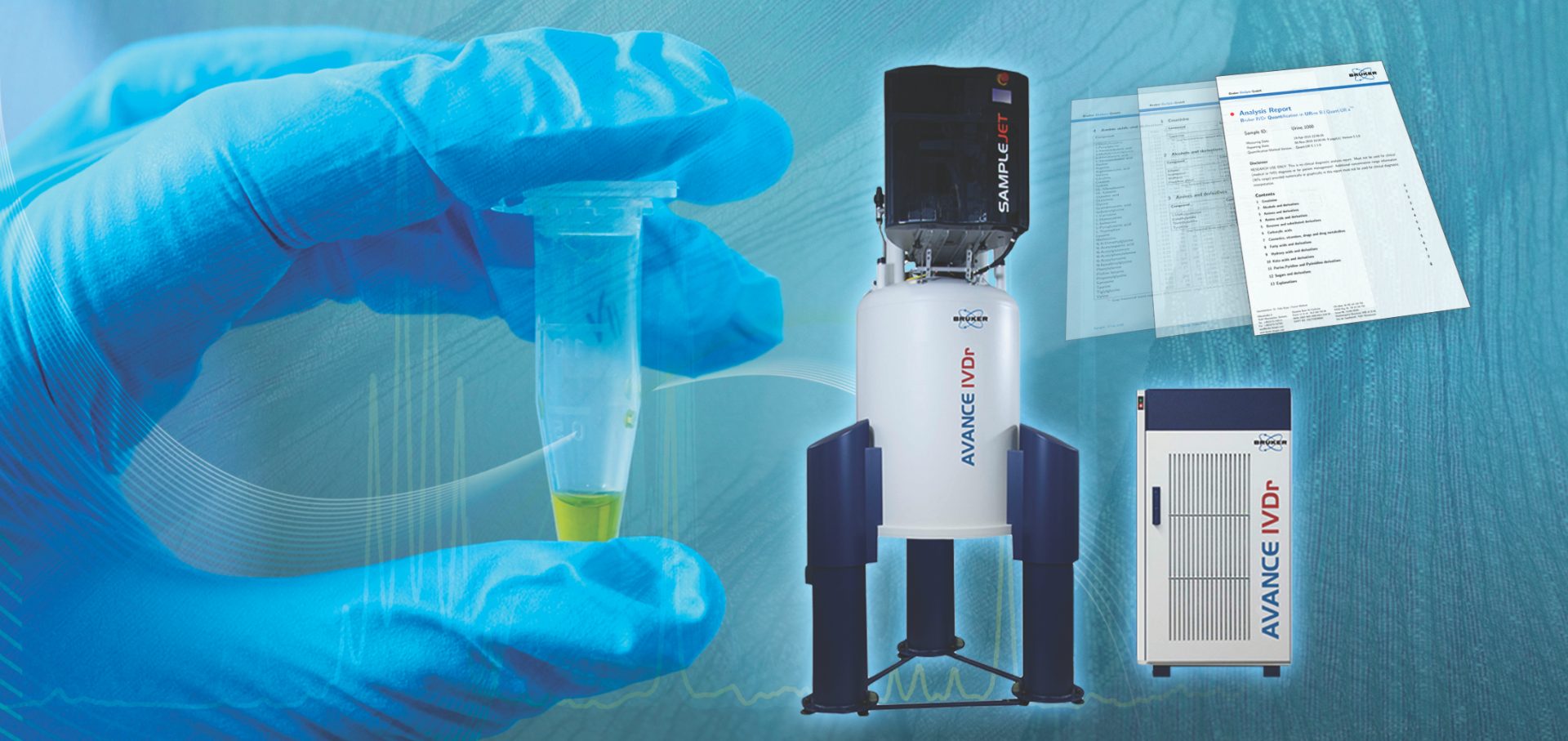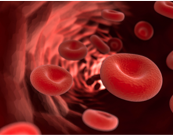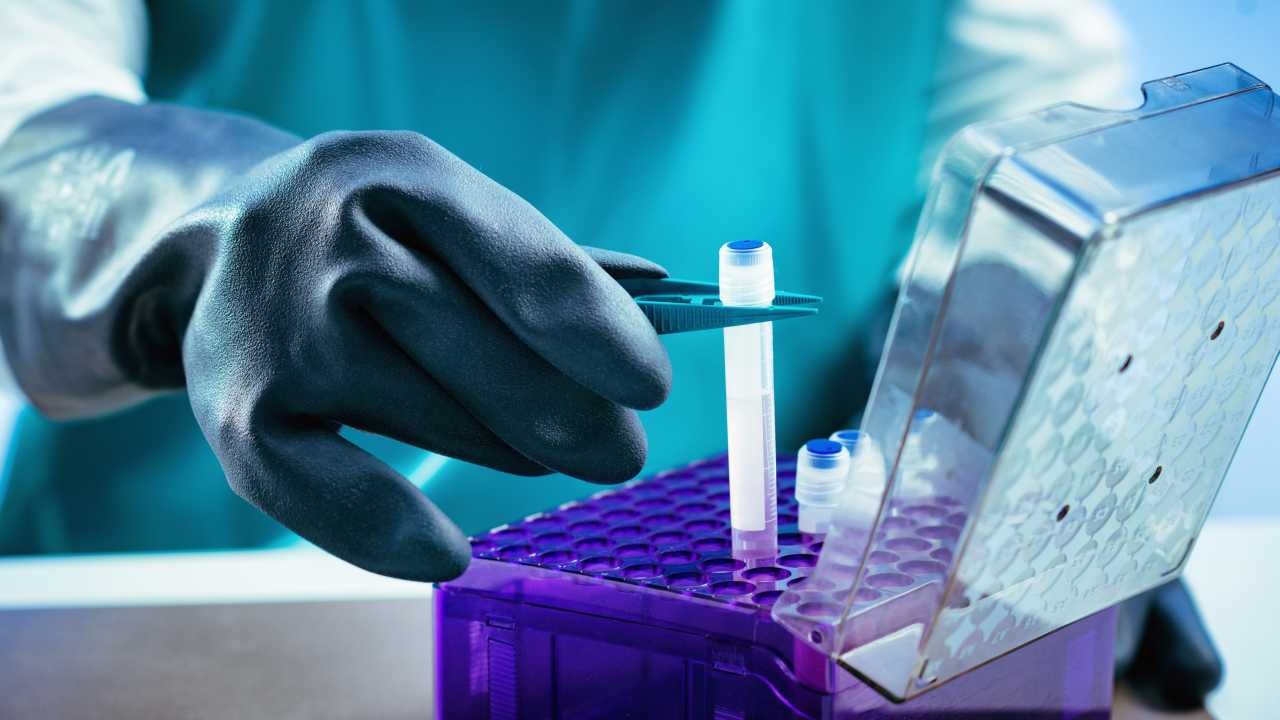

B.I. QUANT-UR
Urine metabolic analysis is particularly valuable and information-rich, because the metabolic pathways of a wide range of nutrients, drugs and environmental contaminants can be identified in urine, even if urine is very complex to analyze. Large sample cohorts in clinical studies demand automated solutions capable of measuring and analyzing with highest information content and reproducibility.
The B.I.QUANT-UR™ module of Bruker’s successful Avance® IVDr (In Vitro Diagnostics research) platform now provides precise, sensitive and fully reproducible results that have demonstrated great potential in clinical/translational research.
With the new version B.I.QUANT-UR 1.1, routines and validation parameters have been improved and enables now more positive hits. The combination of raw concentration with the quality assessment parameters available allow to obtain reliable quantification results even below LOD.
Features
B.I.QUANT-UR is available in three versions
- B.I.QUANT-UR b: basic version, 50 compounds with concentration ranges, occurring in most human urines
- B.I.QUANT-UR e: extended version, 150 compounds with concentration ranges, age 6 month and up, also including IEM and other disease markers
- B.I.QUANT-UR ne: neonates extended version, 150 compounds with concentration range, also including disease markers and including non-targeted classification against healthy newborn model
Benefits
B.I.QUANT-Urcan be used in studies such as
- Epidemiology
- Frequent diseases like kidney damage, diabetes, metabolic syndrome, obesity and cancer
- Ability to monitor and optimize treatment
- Microbiom related health problems
- Food and environmental influence to health
- Monitor compound concentrations in personalized urinary metabolic profile
Nutrition
New Features in B.I.QUANT-UR 1.1
- Summary on the first report page where the metabolites found with concentration outside the 95% range of the Bruker reference database are listed
- Raw concentration (r, mmol/L) is the calculated concentration and is always given independent of LOD
- Signal correlation (ρ,%) characterize the match between the lineshape metabolite signal and the calculated fit. Color coded flag have been added for better visualization
- Concentration error (Δ,mmol/L) is the concentration equivalent of the difference between metabolite signal and the calculated fit
- Comprehensive explanation page
- In additon to the pdf report and xml results file already accessible, results are also directly saved in csv format allowing direct input for follow-up calculations
Testimonials
More Information
- IVDr Research by NMR - Brochure.pdf
- B.I.-Methods - Flyer.pdf
- B.I.QUANT-UR - Flyer.pdf
- B.I.BioBankTool Bruker IVDr BioBankTool - Application Note.pdf
- B.I.QUANT-PS Bruker IVDr Quantification in Plasma Serum - Application Note.pdf
- B.I.QUANT-UR - Application Note.pdf
- Enabling Tools on the IVDr Platform - Application Note.pdf
LabScape
Service & Life Cycle Support for Magnetic Resonance and Preclinical Imaging
Bruker’s commitment to provide customers with unparalleled help throughout the buying cycle, from initial inquiry to evaluation, installation, and the lifetime of the instrument is now characterized by the LabScape service concept.
LabScape Maintenance Agreements, On-Site On-Demand and Enhance Your Lab are designed to offer a new approach to maintenance and service for the modern laboratory



